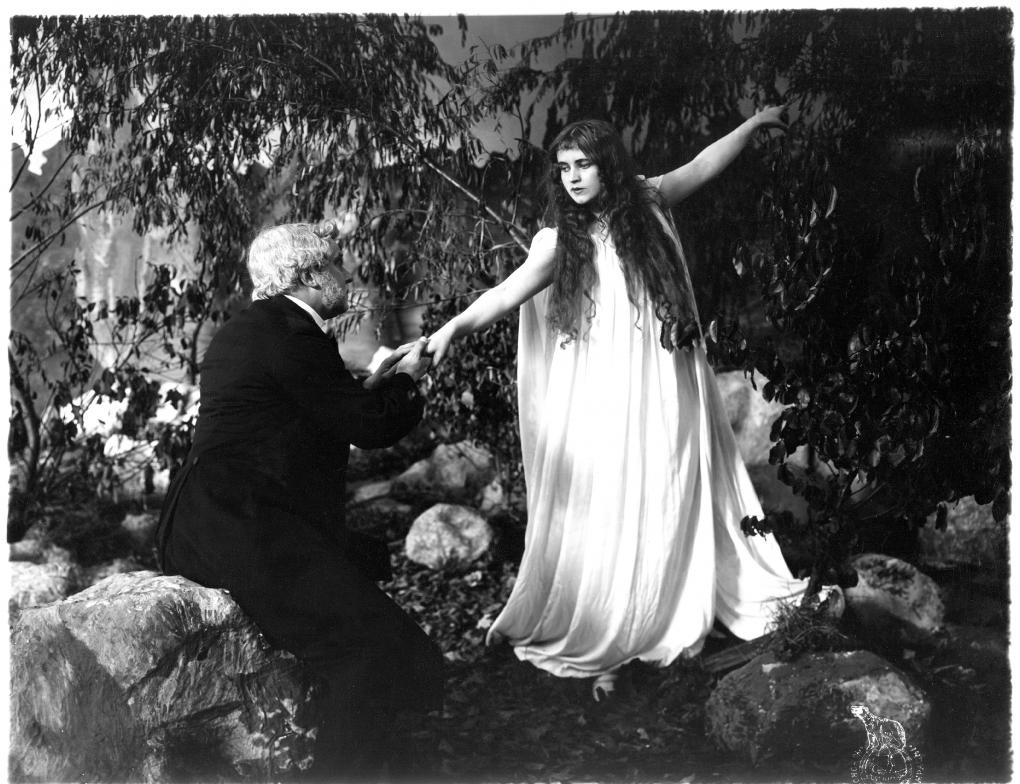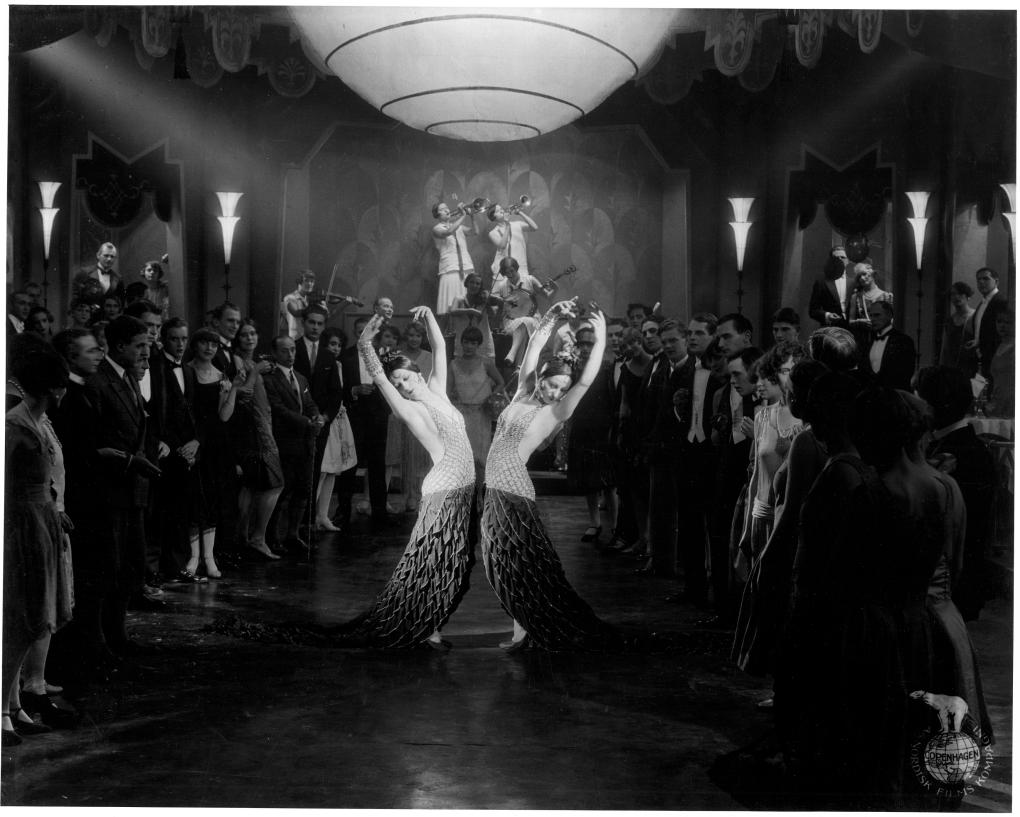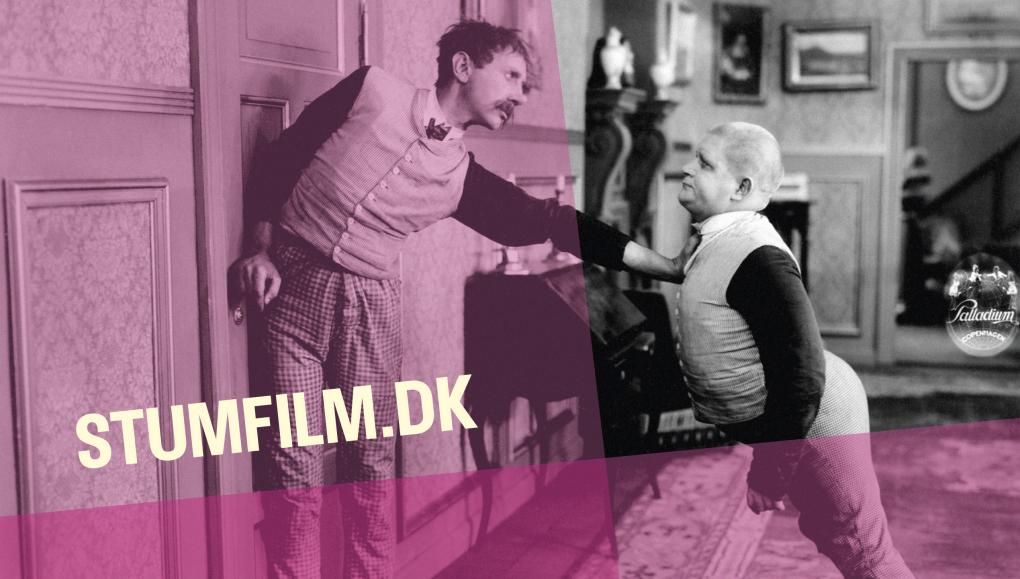
Today’s abundance of moving images began with silent films around 120 years ago. And Denmark was a frontrunner at the time, producing loads of sensational, commercial and artistically experimental films.
Denmark, the Hollywood of silent film
The Danish film industry, from around 1910 and a decade on, was a world leader, both commercially and artistically. Nordisk Films Kompagni, now Nordisk Film, and Palladium were at the head of the pack, churning out feature films – at peak output, one feature and two comedy shorts a week.
It was an age when stars like Asta Nielsen, Valdemar Psilander and Gunnar Tolnæs found fame far beyond their native shores, and Denmark’s all-time greatest director, Carl Theodor Dreyer, created a considerable part of his oeuvre.

Stumfilm.dk – streaming and film archaeology
Now the Danish Film Institute is launching the streaming site Stumfilm.dk, where everyone can follow the digitisation of more than 400 works from the 1903-1928 period.
Running over the next four years, this film-archaeological project will be both wide-ranging and unpredictable. Some of the old reels have not been viewed since the 1920s. As the films are digitised, they will be streamed on the site, accompanied by posters, photos, thematic articles, scripts and contemporary reviews.

Viewers can look forward to lurid sensations, along with art films, dramas, comedies and special-effects spectaculars. While the language of film was different a century ago, the films prove that audiences then were fascinated by many of the same themes as we are today. In the silent film era, language was no impediment. The films were deliberately cosmopolitan in style, and their universal subjects and issues gave them international reach.
The biggest film-history sharing project ever
Stumfilm.dk is the biggest-ever project of film-history dissemination in Denmark. It is preceded by four years of work mapping the film collections in the Danish Film Institute’s archives. The many films and accompanying materials will hopefully engage cultural-history buffs and curious viewers alike.
A particular target audience is international film scholars and institutions of learning, where Danish silent films are on the curriculum. Accordingly, Stumfilm.dk also features in an English-language version.

Stumfilm.dk is made possible by the Augustinus Foundation, the Aage and Johanne Louis-Hansen Foundation and the A.P. Møller Foundation, which have each donated 10 million kroner (approx. 1.3 million euros).
Furthermore, there is a Danish-German research project affiliated with the digitisation and communication efforts. Over the next three years, seven film historians will delve into the exchange between Danish and German silent film culture from 1910-1930.
Stills and film clips are available in the press room.

